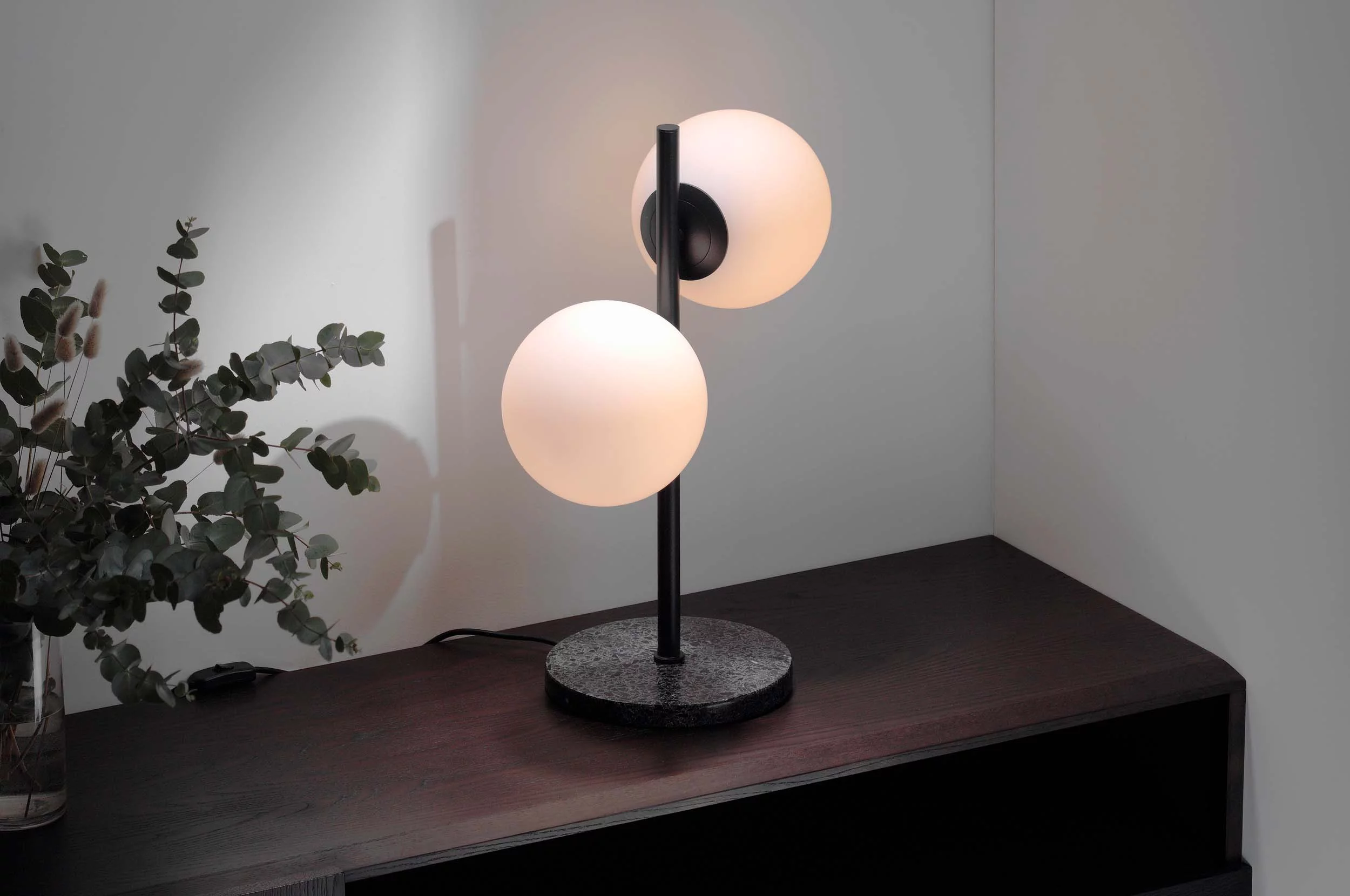
Professional teeth whitening is one of the most in-demand services in modern dental and aesthetic clinics. Philips Zoom is widely trusted for its strong whitening results, but many practitioners eventually encounter the same operational issue: the built-in limitations of the original handpiece (light guide).
While the Zoom system delivers visible results, its handpieces and embedded chips impose restrictions that affect workflow, cost efficiency, and overall return on investment.
Key Limitations of Original Philips Zoom Handpieces
1. Built-In Usage Restrictions
Original Philips handpieces are programmed for a limited number of sessions — typically around four full treatments — before displaying a “Replace Guide” message and locking the system. This is not due to physical damage, but to programmed cycle control.
2. Recurring Expenses
Once the usage limit is reached, clinics are required to purchase new handpieces or chips. Over time, this creates ongoing operating costs that reduce profit per patient.
3. Risk of Workflow Disruption
If replacement parts are not available during a treatment day, clinics must pause or reschedule patients. In busy practices, even short interruptions can affect patient satisfaction and scheduling efficiency.
4. Reduced Profitability During High Demand
During promotional periods or peak booking times, Philips limitations become a bottleneck — more sessions are performed, but more consumables are required, reducing overall margins.
5. Physical Wear Over Time
Even before the programmed limit is reached, handpieces may degrade optically or mechanically due to repeated sterilization or gel residue, accelerating replacement needs.
Bleach-Infiniter: Extending the Functional Lifetime of Zoom Lamps
To address these limitations, Bleach-Infiniter provides upgrade solutions that remove session limits and allow clinics to use their Zoom systems without interruption. This includes both standalone chips and complete handpieces with integrated chips.
By eliminating enforced cycle restrictions, clinics can achieve a genuine lifetime zoom lamp, optimizing both performance and cost structure.
Learn more about this approach under the concept of lifetime zoom lamp.
Comparison: Original Philips vs Bleach-Infiniter
| Category | Original Philips Handpiece | Bleach-Infiniter Solution |
|---|---|---|
| Session Limit | Fixed (≈4 patients) | Unlimited |
| Long-Term Cost | Continuous replacements | One-time upgrade |
| Workflow Smoothness | Possible interruptions | Continuous operation |
| Gel Compatibility | Often restricted | Open and flexible |
| Equipment Lifespan | Reduced by programmed limits | Extended functionality |
| Profitability | Lower due to consumables | Higher and stable |
Why Clinics Choose Bleach-Infiniter
- Significant reduction in operating costs
- No treatment delays due to chip restrictions
- More procedures per day without interruptions
- Better patient satisfaction and clinic reputation
- Long-term protection of whitening system investments
Practical Guidance Before Upgrading
- Confirm compatibility with your specific Zoom model
- Maintain optical and electrical contacts for best performance
- Keep original hardware as backup if needed
- Record modifications for internal maintenance logs
Final Perspective
Original Philips handpieces maintain brand control by restricting usage, but these limitations force clinics into constant consumable purchases. This model increases operational costs and creates unnecessary treatment interruptions.
Bleach-Infiniter offers a practical and sustainable alternative — unlocking uninterrupted use, extending equipment value, and improving profitability over time. For clinics focused on efficiency and patient trust, this upgrade shifts Zoom whitening from a consumable-dependent service into a truly scalable clinical asset.
